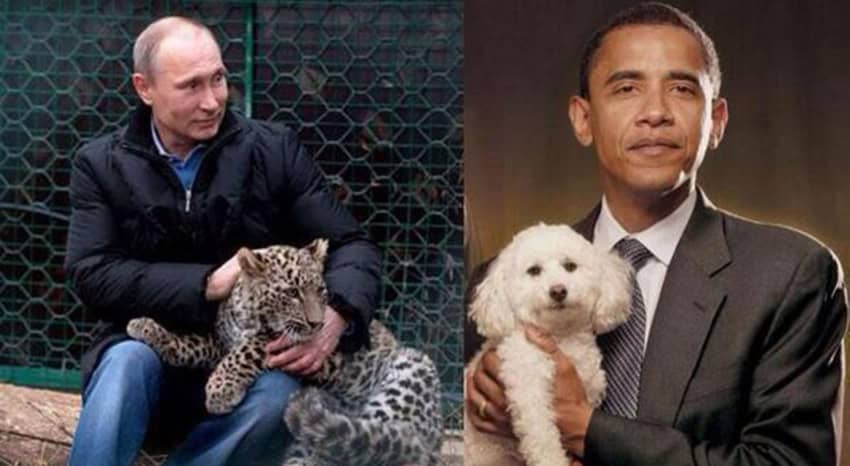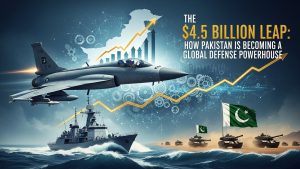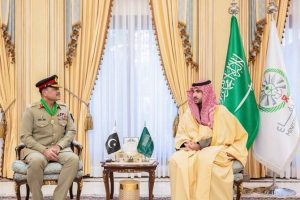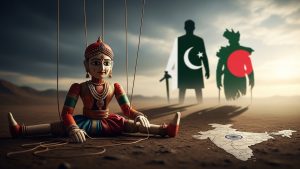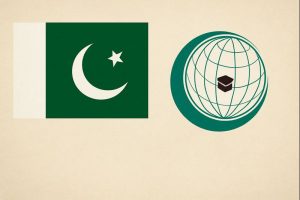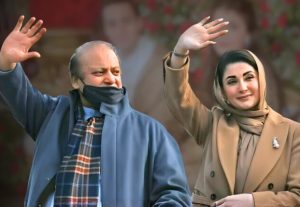No one would call Vladimir Putin a good guy, but he is also not a weak one.
For long, the American people have greatly underestimated the Russians, especially their leader Putin.
But now, united behind a very strong leader with an 89.9 percent approval rating, Russia is stunning the world with the efficiency of its strikes against ISIS in Syria.
Of course, Vladimir Putin is far from perfect, and there are real questions about what Russia’s true motives in Syria and elsewhere are. Still, this is a leader and a country that have shown that they can get things done.
In the United States, on the other hand, the Americans are being led by a ‘weak and ineffective’ man in the White House who has a 45.3 percent approval rating only. Under Barrack Obama, the federal government seems to be inept at just about everything, and this is especially true when it comes to foreign policy.
Let’s take a look on the accomplishment of these two powerful leaders:
Vladimir Putin (2001-2016)
Putin, a former KGB spy, rose to the top ranks of the Russian government after joining President Boris Yeltsin’s administration in 1998, becoming prime minister in 1999 before taking over as president. Putin was again appointed Russian prime minister in 2008, and retained his hold on power by earning reelection to the presidency in 2012.
In 15 years of Putin’s rule, Russia has changed beyond all recognition from the chaotic, open free-for-all it was under Yeltsin. Internationally it faces isolation, sanctions, a new cold war even. At home, despite economic decline Putin enjoys perhaps the highest popularity rating of any Kremlin leader – an approval rating that topped 86% in February.

When Putin arrived in office, Russia was just emerging from the disastrous market reforms of the 1990’s and the 1998 financial crisis. The new president had no grand economic vision: while he slashed taxes to benefit business, he also renationalized key sectors, starting with the breakup of political foe Mikhail Khodorkovsky’s Yukos oil company in 2003.
Nonetheless, unused manufacturing capacity and rising prices for oil, Russia’s main export, helped usher in an era of unprecedented prosperity that Putin is still remembered for, with real disposable income doubling between 1999 and 2006.
Always a vocal proponent of a multipolar world, Putin has shifted in recent years toward greater economic and military cooperation with Asian countries.
The charitable view of Putin’s foreign policy is that he stands up to western hegemony and, with China, acts as a balance to the overweening military and political power of the US.
It’s not all about opposition. Putin’s diplomats have worked constructively with international allies and adversaries to help bring Iran in from the cold, and – until recently at least – to work at further nuclear arms reductions.
Putin inherited an army that was not fit for purpose. During his second term, he set out to reform the outdated conscript-based army, a process that only quickened after its unconvincing victory in the Georgian war. Russia now spends a higher percentage of its GDP on defense than the United States, allocating a record $81bn in 2015.
Love him or hate him, it’s hard to deny that Putin has made a huge impact on his country and the world.
Barack Obama (2009-2016)
Americans are largely split on whether President Barack Obama is doing a good job. The presidency of Barack Obama began on January 20, 2009, when he became the 44th President of the United States.
Nearly seven years after Obama took his first oath of office, 52 percent say Obama’s time in office has been about what they had anticipated, while 31 percent say it has been worse and just 15 percent overall say it had been better than expected.
Compared to others at the same time in their presidency, Obama outperformed George W. Bush, but lagged behind Bill Clinton and Ronald Reagan, two iconic US presidents, in terms of approval ratings.

Obama is the first African-American president, the first non-white president, the first president born in Hawaii, and the sixteenth Democratic president.
His first-term actions addressed the global financial crisis and included a major stimulus package, the partial extension of the Bush tax cuts, legislation to reform American health care, a major financial regulation reform bill, and the ending of major US military presence in Iraq.
Following the 2010 elections, in which Republicans took control of the House, Obama and Congressional Republicans engaged in a protracted stand-off over government spending levels and the debt ceiling.
Obama was elected to a second term on November 6, 2012, making him the seventeenth person to win two United States presidential elections. In his second term, Obama signed executive orders to limit carbon emissions and protect many illegal immigrants from deportation, and negotiated a thaw in relations with Cuba and a multilateral agreement on the nuclear program of Iran.
Obama and Congressional Republicans continued to grapple over government spending and other issues, but Obama did sign a major bipartisan bill that reduced the role of the federal government in K-12 education.
Obama’s presidency is set to end on January 20, 2017, when the 45th president is expected to take office.
Decide yourself who is the better between these two top leaders in the world.
NOTE: The statistics are not final and can be challenged.
Source: World Bank, www.statista.com

